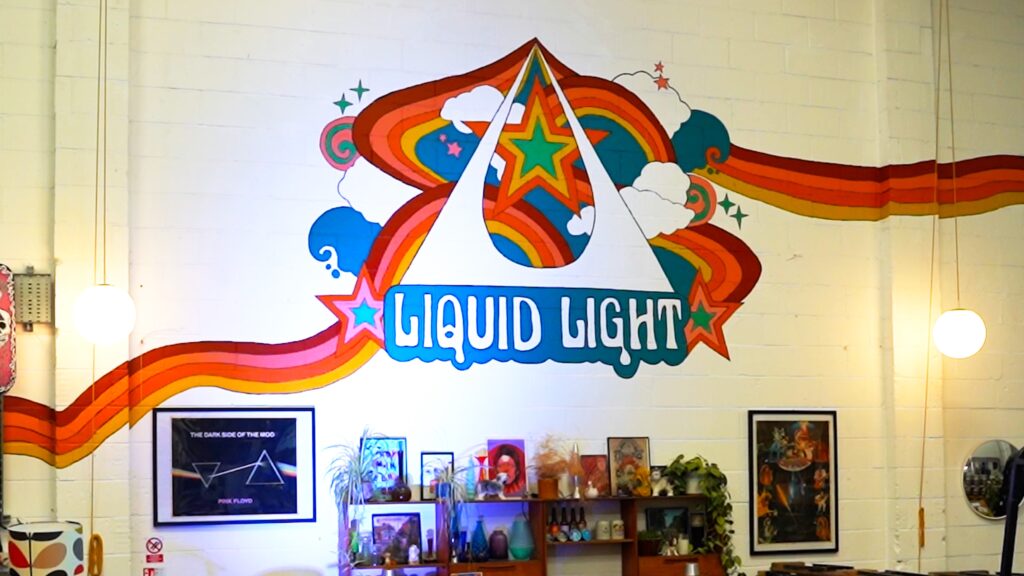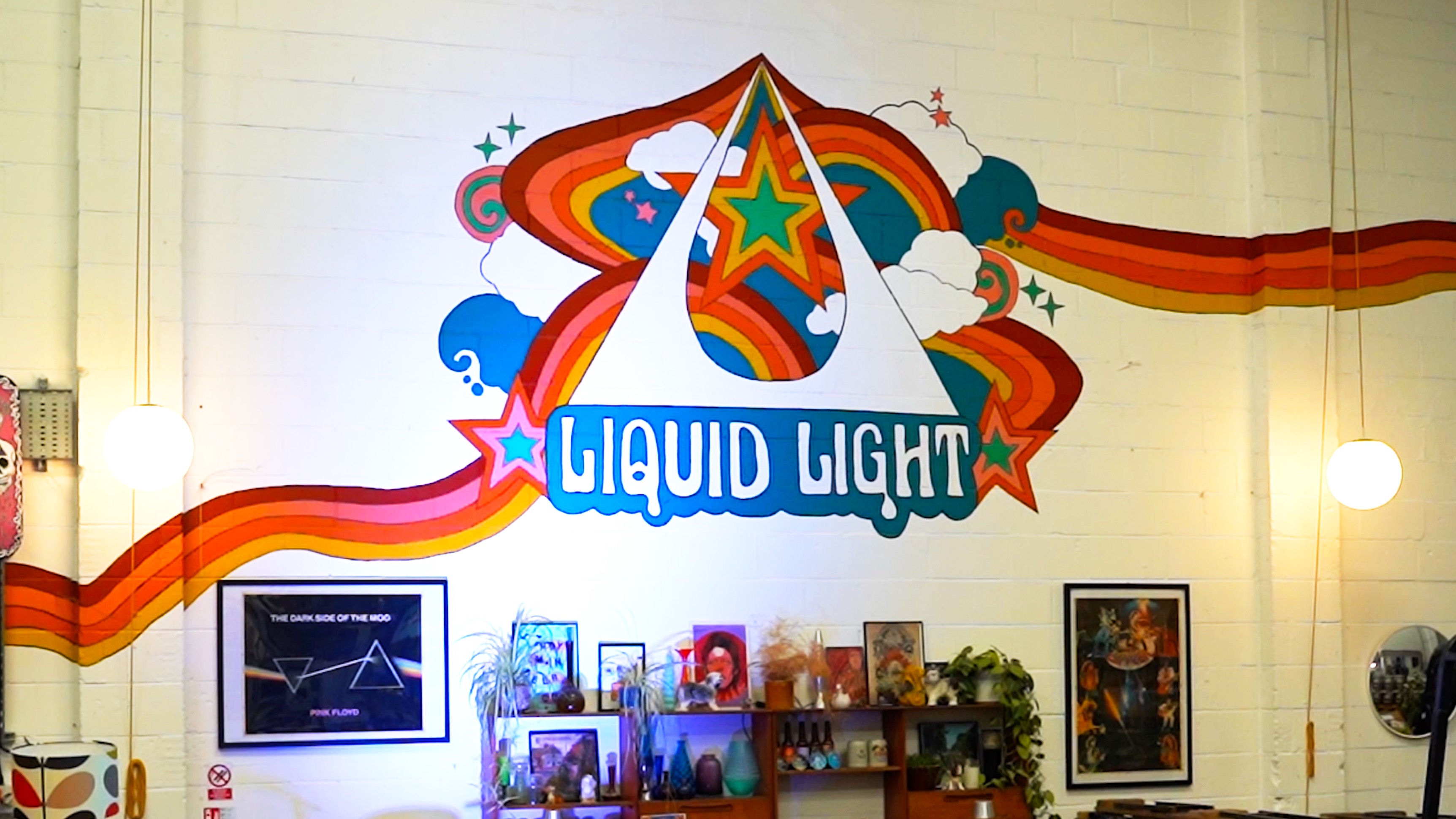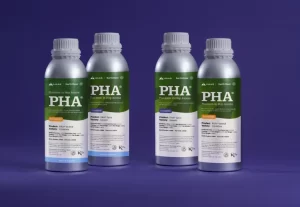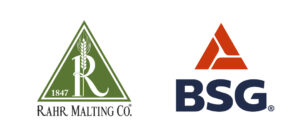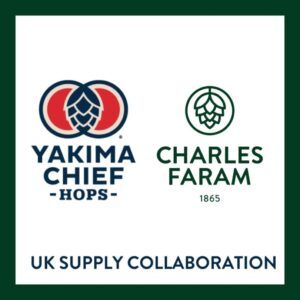Thom stone is the founder of Nottingham-based liquid light brewing company. a love of Simcoe was the inspiration behind his first recipe, which is also shared at the bottom of this article, too.
Recipe creation has always been my favourite part of brewing. Right from the start I was uninterested in going down the route of premade kits, and after months of obsessive research I developed and brewed my first recipe.
This was originally a dry malt extract (DME) recipe with steeping grains and several additions of a single hop, in this case Simcoe. I knew I loved Simcoe from drinking various beers containing the hop and it is still one of my favourites to this day, despite often having some unpredictable variability in flavour.
Although this beer never ended up making it onto the Liquid Light roster, I did reformulate the recipe to make our very popular hazy table beer – Obscured By Clouds.
Before we get into the nitty gritty of recipe details, here are a few tips that will help you in your homebrewing journey.
Keep good notes. Take notes at every stage of the process, whether this be timings, PH, temperature, or simply tasting notes. It’s amazing how often you will forget the small details, making it hard to make tweaks to recipes and process down the line.
Talking of which, change one thing at a time. If my school science teacher Mr. Brockbank taught me anything, it was to minimise your variables. Treating brewing as a scientific experiment may not sound like the most exciting approach to some, but applying this basic principle will allow you to really learn something with every brew.
If you are not happy with your brew, then think about what you would like to change and choose one improvement at a time. For example, the first time I brewed this recipe, I had issues with fusel alcohols due to lack of temperature control, so decided to use a less vigorous yeast with less of a lag time. This resulted in a much cleaner beer with no off flavours and less yeast character, really allowing the hops to shine through.
Which leads me neatly to the next point – Temperature control. Despite brew day being the fun part, beer is made in fermentation. I can’t stress enough how much a good method for temperature control will transform your brews.
Whether you’re fermenting with a Kveik strain at around 30c or a lager strain at 12c. The ability to keep the beer at the correct temperature and even raise it for a diacetyl rest will not only make for far cleaner brews, but also improve consistency.
Obviously, there are many other things to consider when trying to improve the quality of your beer. Including but not limited to, sanitising, ingredient quality, water profiles and carbonation methods. But many people have covered these better than I could, so I suggest seeking out some good books or podcasts on the subject.
Check out Thom’s recipe right here
Recommended Reading
Home Brew Beer – Greg Hughes – 2013
Mastering Homebrew – Randy Mosher – 2015
IPA – Mitch Steele – 2012
The Joy of Homebrewing – Charlie Parpazian – 4th Edition – 2014
For the Love of Hops – Stan Hieronymus – 2012
Water: A Comprehensive Guide for Brewers – John J. Palmer – 2013
Yeast: The Practical Guide to Beer Fermentation – Chris White & Jamil Zainasheff – 2010
Malt: A Practical Guide from Field to Brewhouse – John Mallet – 2014
How to Brew – John J. Palmer – revised edition – 2017
Required Listening:
Basic Brewing Radio – James Spencer Et al. – 2005 to present
Brewing With Style – The Brewing Network – Jamil Zainasheff Et al. – 2013 to 2017
The Jamil Show – The Brewing Network – Jamil Zainasheff Et al. – 2006 – 2009

